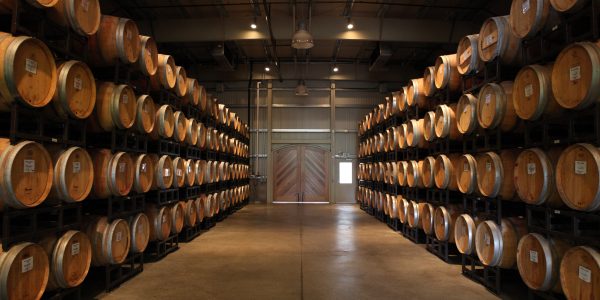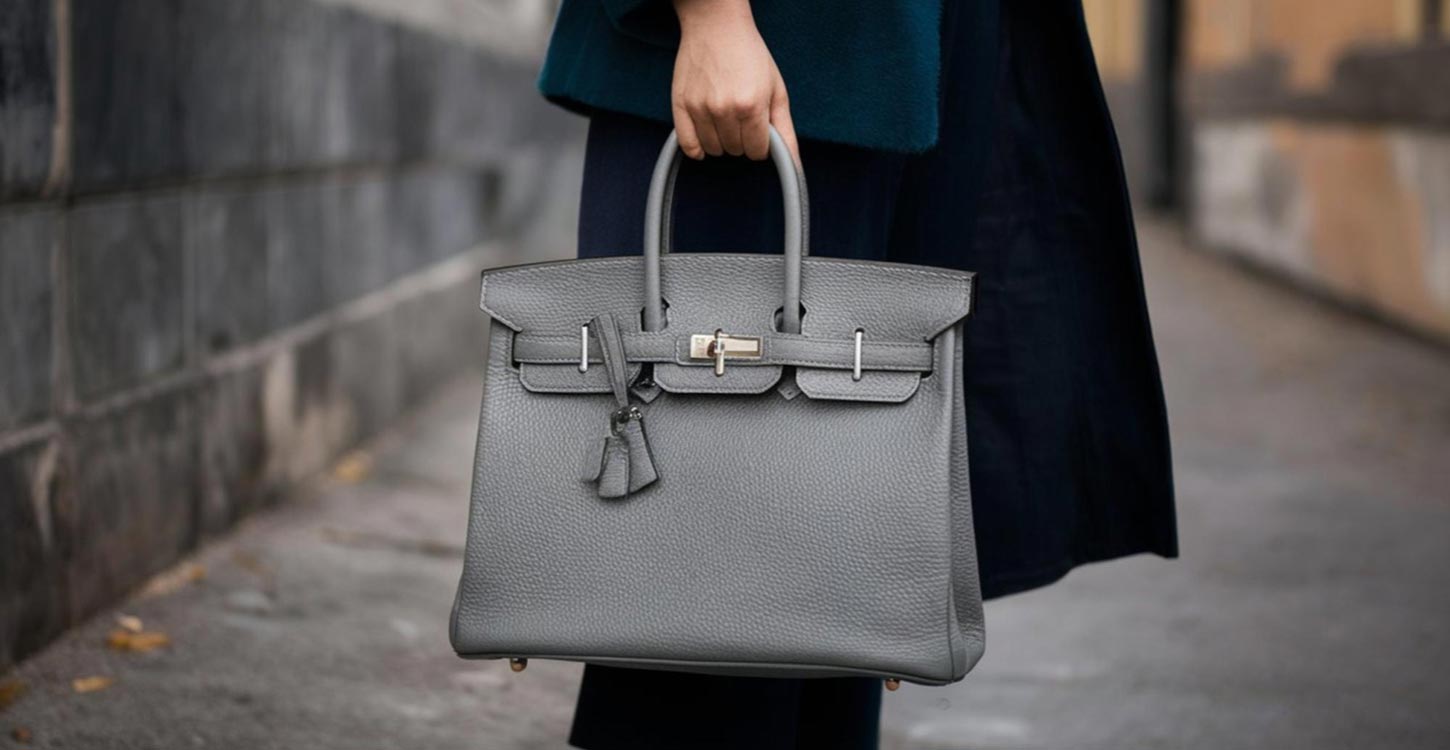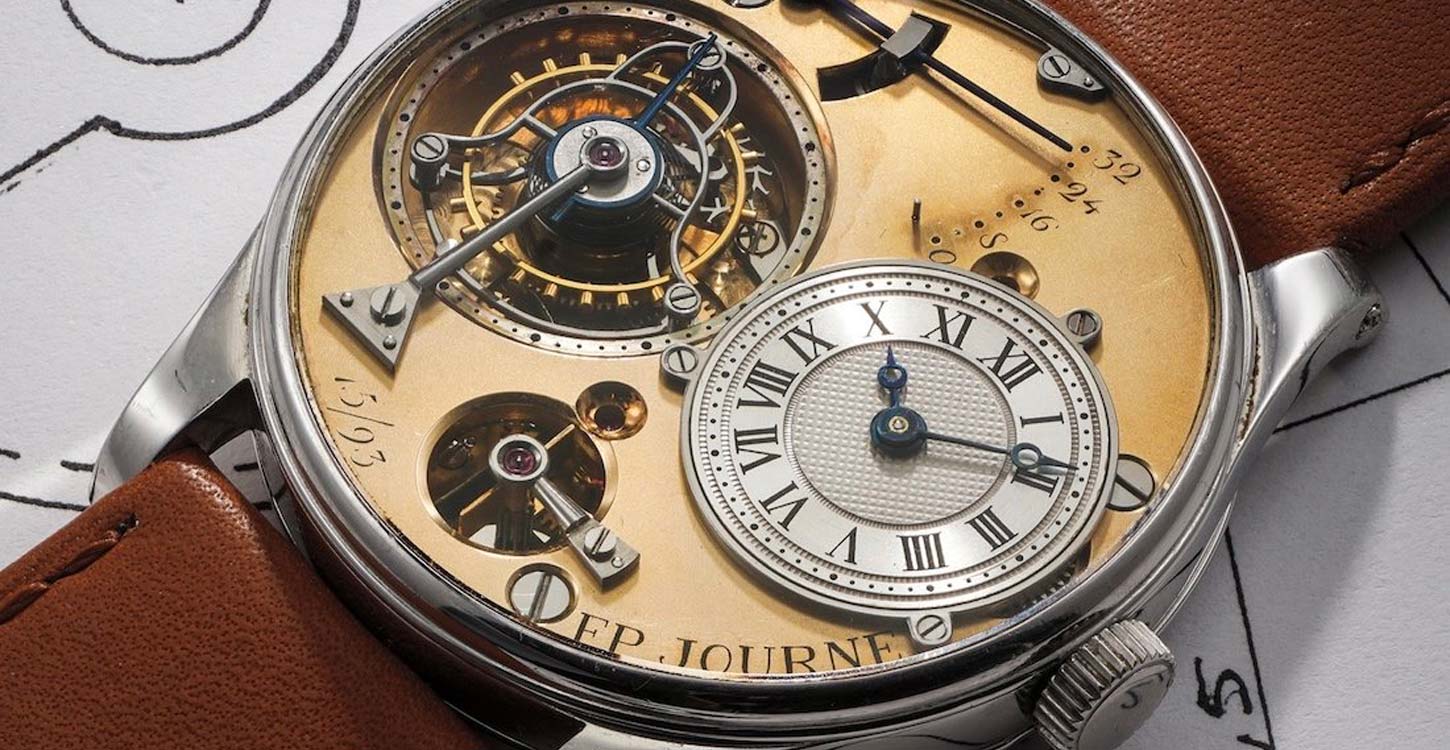Festive spirit is building at this time of year, but what you may not realise is that many people’s favourite tipples have real potential as investments too – and are increasingly mainstream. Read on to find out more about the two most popular “liquid assets”: wine and whisky.
Most individuals’ wealth will be concentrated on traditional assets like property, cash, equities and bonds. However, alternative assets continue to gain in popularity, including tangible or “passion” investments like luxury cars, art and watches. And of all these it is wine which has been the toast of the town.
Readers might be surprised to learn that not only did affluent investors pour more funds into wine than any other alternative investment in the year to end -June 2017, but that it was also the strongest performing type of luxury asset – it having risen a very impressive 25% off the back of strong growth in the key Bordeaux, Burgundy and northern Italian markets.[i]
Clearly, wine investing is a very esoteric area and one where an investor’s approach will be greatly dictated by the amount of money they can deploy, as well as their knowledge level. The sky really is the limit when it comes to fine wine prices, particularly when an additional cachet applies. Famously, a few years back an unlucky merchant dropped an 1875 bottle of Chateau Margaux once owned by Thomas Jefferson, forcing an insurance pay-out of a cool $225,000 (and the original claim was for double that amount). Even quite young 2009 vintages of Château Latour or Château Lafite-Rothschild fetch around £10,000 per case today.
The magnitude of these sums, along with the storage and insurance concerns just highlighted, mean that becoming a heavy-weight wine investor is likely to be beyond the reach of all but the most ultra-high net worth individuals. However, innovation in how wine enthusiasts can gain a piece of the action continues. Laying down bottles in a cellar is far from the only route.
The wisdom of wine funds
Investing in wine via a fund is a popular option, and there are several well-known ones on the market such as the Wine Investment Fund (a UK-based vehicle structured as a limited partnership with a five-year holding period); the Fine Wine Investment Fund (aimed at institutions, professional investors and eligible high net worth individuals); and WAM Fine Wine PCC (which offers managed accounts for institutional and eligible private investors).
Like some art and watch funds which offer investors the opportunity to take physical possession of their assets for a period, wine funds are also keen to offer fringe benefits. One such is the Wine Source Fund, a vehicle affiliated to a UK-based supplier to major hotels and restaurants worldwide. As well the potential for robust performance (the fund has generated annualised net returns of 7.2% since 2012), qualifying investors are also offered a concierge service giving them access to tables at the best restaurants, among other perks.
Investing in wine via a fund is not without its critics: some may be concerned about fund fees, valuation methods and redemption “gates”, and there have been controversies highlighting the importance of investing only in the most robustly regulated and reputable vehicles. However, investors seeking a diversified – and therefore less risky – approach are likely to find that the fund route resonates strongly.
There are consistent “star players” in terms of regions, grape varieties and vintages: the top ten best-performing wines have increased in value by an average of 150% over the past five years[ii]. However, good fund managers will be alert to the threats of concentration risk and changing tastes, and look to minimise these through diversifying their holdings – often to a very great extent. The Wine Source Fund carries over 1,000 types of wines and spirits for just this reason, for example.
Whisky also a big winner
The fact that this fund has a tenth of its portfolio invested in spirits underscores that wine is not the only drink with potential to be a great investment too. Its managers have said that its early investments in rare aged whiskies have performed particularly well.
While investors might look to invest in rare brandy and tequila, and indeed the whole spectrum of spirits and liqueurs, it is whisky that is posting the most compelling numbers. The value of Scotches sold at auction in the UK hit £11.18 million in the first half of 2017 – a meteoric rise of 94% on the previous year[iii]. Among these was a single malt Macallan which fetched over £65,000 and annihilated the previous 2015 £17,000 record for a single bottle.
Whisky investing is a far less developed niche than wine, and has hitherto been very much an investment of passion and one where very limited supply presents big challenges. Hobbyist collectors may have done quite well in buying a bottle from each distillery or birth-year vintages. But tiny production volumes mean that even the wealthiest investors may have struggled to gain access to the world’s greatest whiskies.
Of course, a situation where demand always outstrips supply is generally great for valuations. It is also likely to mean that the fund route might be the superior option here again. Not only do funds have greater purchasing power, their managers are also real experts with their fingers right on the pulse of changing trends. In addition to all the styles to consider, like bourbon or Scotch, there is also fierce competition between countries of production.
Japanese whiskies are now hot property among whisky connoisseurs, for instance. Leading brands Yamazaki and Karuizawa have seen prices rise by as much as 30 times, and this April a rare Karuizawa 1960 sold for a record-breaking £100,000.
Regional demand trends are also hugely important in dictating whether prices will rise, but so too are factors like a whisky’s age, packaging and the reputation of its distillery. Anyone believing that investing in whisky is far simpler and more accessible than the rarefied world of fine wine will therefore be disabused of that notion very quickly.
Conclusion
As this feature has illustrated, alcohol-related investments are simultaneously more attractive and potentially risky than they might first seem. That said, there are various well-regarded funds and “clubs” that could provide a great way in for the amateur collector looking to become more serious. There may also be attractive Capital Gains Tax benefits on offer, since it is possible for wines and spirits to be treated as “wasting assets”. Again though, this is a complex area.
Alternative investments should only form a relatively modest part of most investors’ portfolios, and tangible investments an even smaller one still. What potential investors in wine, whisky and other “liquid assets” should take away is that while the returns on offer may be very potent indeed, investing without due consideration of all the variables involved could result in a very nasty hangover. Professional guidance is a must in this area.
To discover which wealth managers provide specialist advice in alternative investments, speak to our team. Or, get matched to leading wealth managers via our smart online tool – a quick and easy way to find the best professional to help deliver your wealth goals.
[i] Knight Frank Luxury Investment Index
[ii] Liv-ex
[iii] Rare Whiskey 101





